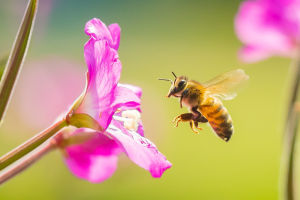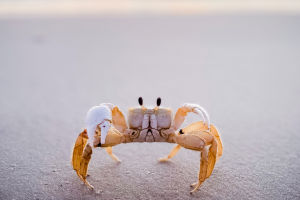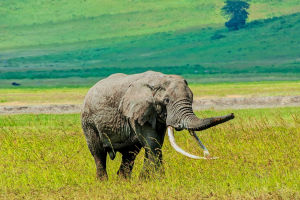Hey Lykkers! Have you ever looked at a lion and wondered, “What makes this creature so majestic and powerful?” Or maybe you’ve seen a lion roar and felt the earth shake beneath its might?
Lions are one of nature’s most fascinating creatures, yet their survival is at risk. So, let’s dive into their world and discover some jaw-dropping facts you might not have known!
Where Do Lions Roam?
When you picture a lion, you probably think of the vast African plains. And you're right! Lions are primarily found in sub-Saharan Africa, but there's a twist. There's a small population of Asiatic lions living in a protected forest in India. Now, that’s a real-life surprise, right?
Lions thrive in places like grasslands, savannas, and scrublands, where their golden fur blends into the landscape. But these areas are shrinking, and the lions are fighting for survival. It's a tough world out there for our furry friends.
The Lion Family – A Big, Bold Crew
Did you know lions are one of the few big cats that live in groups? They don’t roam solo like tigers or leopards. Instead, they form prides, which are made up of females, their cubs, and a few dominant males.
- Pride Life: A pride can be anywhere from 5 to 30 lions, with females doing most of the hunting while the males take on the role of guarding the territory. They often work together to take down prey, using strategy instead of just raw power. Now that’s teamwork!
- Who Stays, Who Goes? Female lions typically stay in the pride they were born in, but males don’t stick around. When they reach adulthood, males are usually forced to leave and start their own families, which means they have to battle other males for dominance.
What Makes a Lion a King?
It’s no surprise lions are called the “Kings of the Jungle.” Here’s why:
- Male Mane: Male lions have a thick mane that makes them look like royalty. It’s not just for show – the mane is a sign of strength and health, and it helps protect them in fights.
- Size & Strength: Males can weigh up to 230 kilograms and reach lengths of 2.1 meters, including their tail. But don’t think the females are weak – they’re built for speed and stamina, capable of reaching speeds up to 50 km/h when chasing prey. Talk about running with the pack!
Lions Are Master Hunters – But They Don’t Do It Alone
While lions are powerful predators, they’re not as fast as cheetahs or as stealthy as leopards. Instead, they use their social structure and strategy to catch prey. Here’s how they do it:
- Hunting in Teams: Most of the hunting is done by the females, who work together to chase down and ambush prey. They can run at 50 km/h for short bursts, giving them the edge over animals like gazelles and zebras.
- Targeting Weakness: Lions focus on weak, sick, or young animals. It’s all about smart hunting, not just power. But if food is scarce, they’ll turn to smaller creatures like birds, reptiles, and even fish to fill their stomachs.
Why Are Lions in Trouble?
Lions might be strong, but they’re facing some serious challenges that could threaten their future:
1. Habitat Loss: As humans expand, lions lose their homes. Forests and grasslands are being replaced by farmlands and cities, and lions are running out of space.
2. Poaching & Trophy Hunting: Lions are hunted for their skin, bones, and even teeth. This illegal trade is pushing them closer to extinction.
3. Conflict with Humans: Lions sometimes attack livestock, leading to retaliation from farmers. In some cases, entire prides are poisoned or shot to protect animals like cows or goats.
4. Prey Depletion: Illegal hunting of animals like zebras and antelope reduces the amount of food available for lions.
How Can We Save the Lions?
The good news is, we can help. By supporting wildlife conservation efforts, we can protect these majestic creatures. Here’s what you can do:
- Donate to conservation programs that focus on protecting lion habitats.
- Say NO to trophy hunting and the illegal wildlife trade.
- Spread the word: Educate your friends and family about the importance of lion conservation.
Why We Need Lions?
Lions aren’t just “cool” animals; they play a crucial role in the ecosystem. As top predators, they help keep the balance in nature by controlling herbivore populations. Losing lions would affect the entire food chain, and that’s something we all should care about.
So, let’s stand together to protect these powerful, majestic creatures. They might be called “Kings of the Jungle,” but they need our help to maintain their reign.


